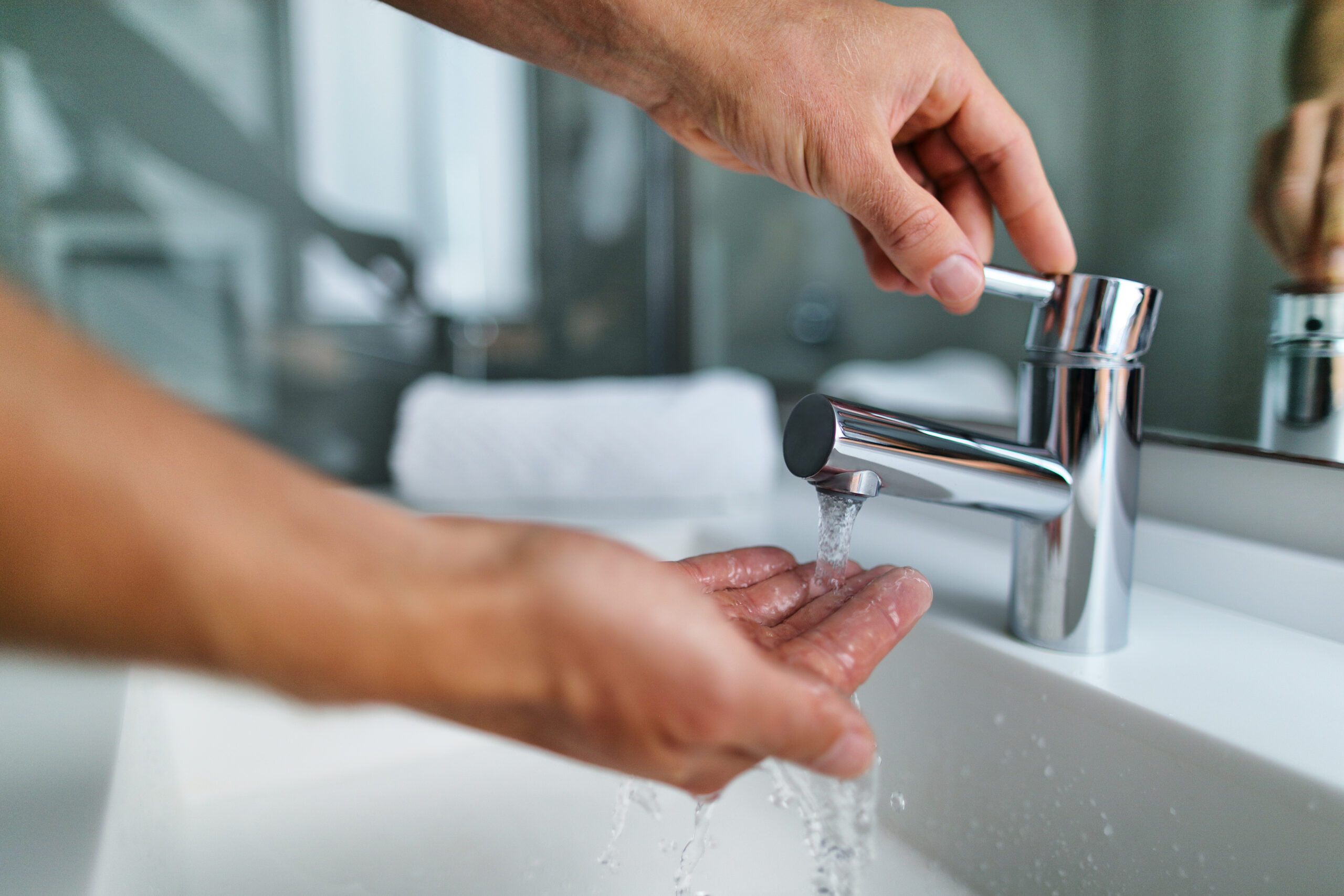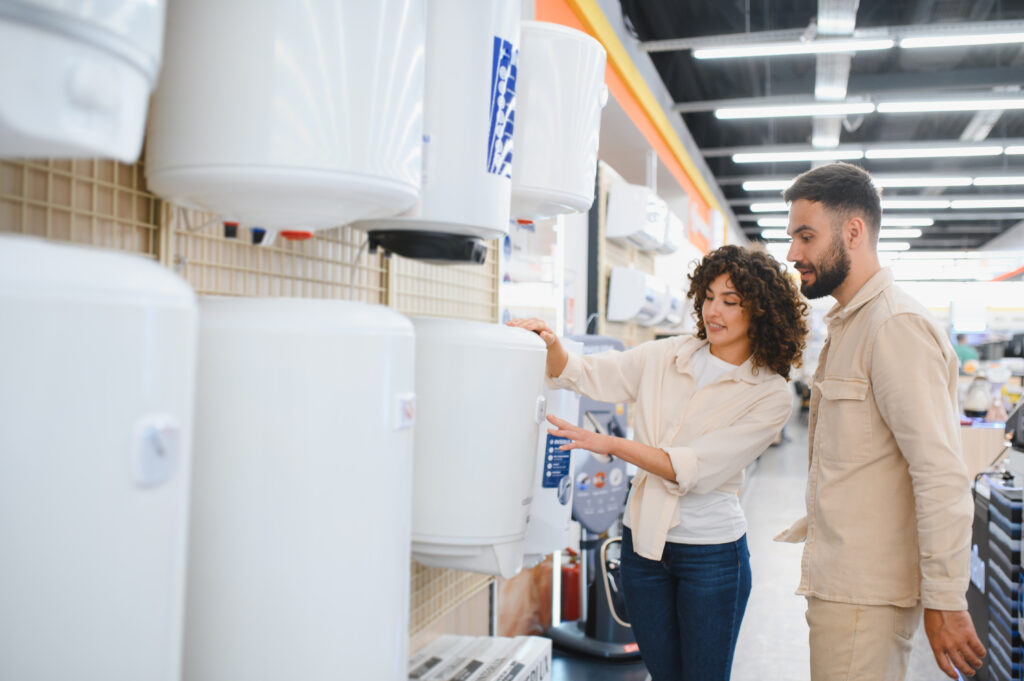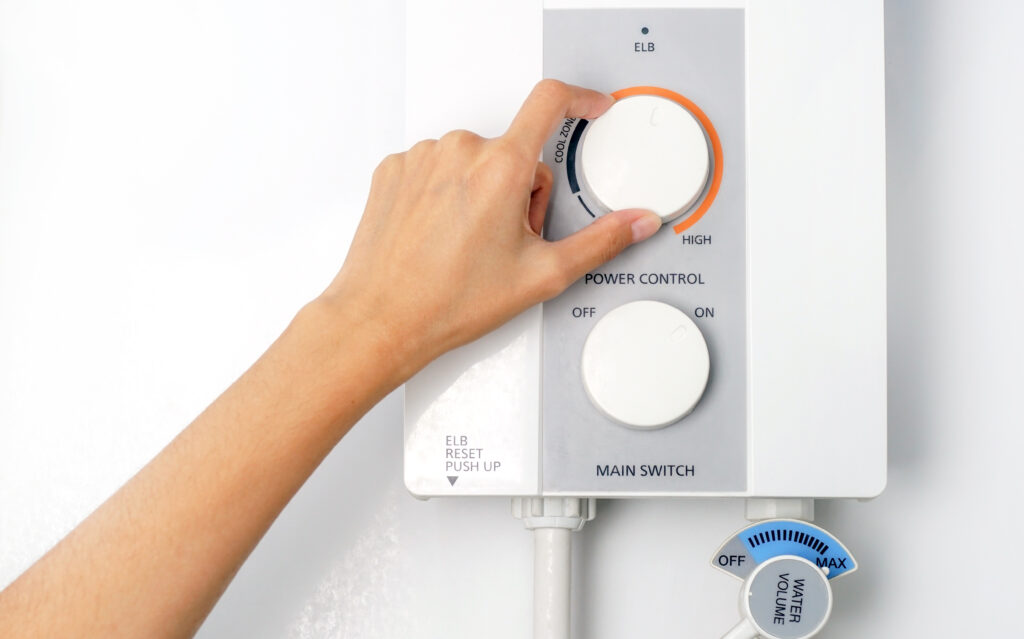Why Isn’t My Hot Water Working? A Homeowner’s Guide to Water Heater Woes
You turn the knob. Expect steam, expect comfort, expect *hot* water. But, nope. It’s cold. Again. And you’re standing there, annoyed, wondering what on earth went wrong. If you’ve found yourself asking “Why isn’t my hot water working?” — you’re not alone. This super common home issue is stressful, inconvenient, and can feel like a mystery if you’re not sure where to start. Let’s break it down in plain language, with a dash of practical advice, and get you one step closer to consistently warm showers (and maybe fewer plumber bills).
Understanding Your Water Heater: The Basics
Alright, let’s level-set. Most homes rely on a hot water heater to provide — you guessed it — hot water. There are a few primary types: conventional tank-style water heaters, tankless water heaters, and heat pump water heaters. These systems use gas or electricity to heat water and distribute it where it’s needed — sinks, showers, dishwashers. The traditional tank heater stores hot water until it’s used, while tankless systems heat it on-demand. Pretty straightforward, right?
Now, your water heater isn’t just a box in the garage or basement. It’s a system. It has a thermostat, heating elements or burners, a pressure relief valve, and a water supply line. If any of those parts fail, your hot water might fizzle out. And trust me, it happens more often than you’d think.
How Does a Water Heater Actually Work?
Let’s say you have a tank-style heater. Here’s what’s happening behind the scenes: cold water enters the tank through a dip tube, settles at the bottom, and gets heated by either gas burners below or electric elements inside. As the water heats up, it rises to the top, where it’s ready to be sent through your pipes when you turn on that faucet or hop into the shower.
There’s also a thermostat that tells the heater when to click on or off, maintaining a consistent water temperature — usually set between 120°F and 140°F. Most heaters have a pressure relief valve to release excess pressure (because, well, pressure + heat = potential explosion). This safe but powerful cycle is what keeps your water warm and ready.
Why You Might Suddenly Lose Hot Water
Okay, here’s the part you might be waiting for: why the hot water stops working. Several culprits could be at play. Maybe the pilot light on your gas water heater went out. That tiny flame is essential for heating water, and it can fizzle for all sorts of reasons — gusts of air, a bad thermocouple, or sediment buildup. If you’ve got an electric heater, a tripped breaker or blown fuse could be killing the power altogether.
Heating elements eventually wear out, sediment builds up in tanks and reduces efficiency, thermostats break — machinery ages. Floors aren’t the only thing in your home affected by time, right? And if the water doesn’t get hot at all, or runs out way too fast, it’s easy to assume the whole unit is toast. Sometimes it is. But often it’s a single part that needs attention. A good home warranty can go a long way here—more on that in a minute.
Pros and Cons of Different Water Heater Types
So if your water heater is slowing down or giving out, you might wonder: should I replace it with the same type, or go for something better? Let’s weigh the options. Traditional tank water heaters are less expensive up front, but they use more energy keeping water hot all day. They’re bulky too, and usually last about 8-12 years with average use.
Tankless systems (sometimes called on-demand water heaters) are more efficient and compact, plus they never “run out” of hot water. Their downside? Higher initial cost and — yep — they can be more finicky if your home draws a ton of hot water at once. Then there are hybrid heat pump water heaters. Super energy efficient, but they need space and have a steeper price tag. Every system has its own pros and tradeoffs, depending on your lifestyle and home size.
Maintenance Tips to Keep the Hot Water Flowing
If I could give just one tip, it’s this: don’t ignore routine maintenance. Flushing your tank annually can extend its life and improve performance. Sediment buildup at the bottom of the tank is like cholesterol for your water heater — it slows things down and can cause serious problems over time. Also, keep an eye on the anode rod (it fights corrosion inside the tank). If it’s heavily worn, replacing it can add years of life to your system without much expense.
Inspect for leaks regularly, test the pressure valve occasionally, and make sure the area around your unit is clear of clutter and dust. Think of it as small acts of water heater appreciation. Trust me, it pays off when winter rolls around and you *don’t* have to face a cold shower before work.
What About Home Warranties and Broken Water Heaters?
This is where things get interesting — and much less expensive. A lot of homeowners don’t even realize water heaters are covered under most decent home warranty plans. If your water heater goes out due to normal wear and tear, your home warranty provider (depending on the plan, of course) covers the cost to repair or replace it, often without major upfront costs. Suddenly, that busted thermostat or dead heating element becomes way less stressful.
Having a home warranty also means you don’t need to crawl through YouTube tutorials at midnight or guess which plumber charges the reasonable rate. You just file a claim, and they handle the logistics. (Cue early-morning victory dance in the hallway bath.)
How Armadillo Makes Hot Water Woes Less of a Hassle
If your hot water isn’t working and you’re tired of paying out-of-pocket for repairs and guessing games, Armadillo has your back. With affordable, modern home warranty plans that cover major systems (yep, that includes your water heater), you get trusted professionals, fast support, and real protection for a more predictable home life. Skip the service hunt, the sticker shock, and the cold water.
Bonus? You can build your custom plan here in just a few clicks. Or if you just wanna learn more about what we do and why we’re kinda proud of it, start at our homepage. Warm showers await. You’ve got this.


























